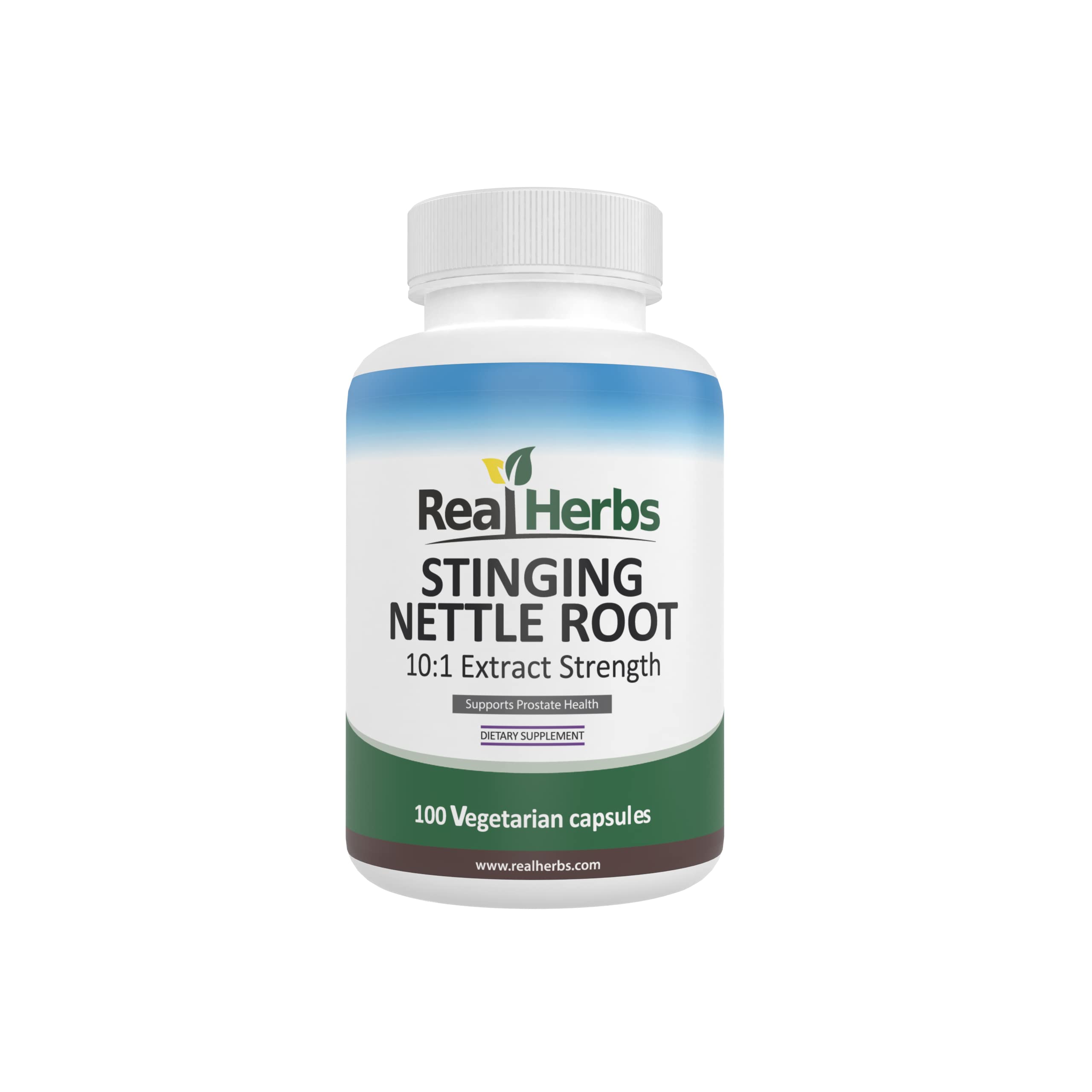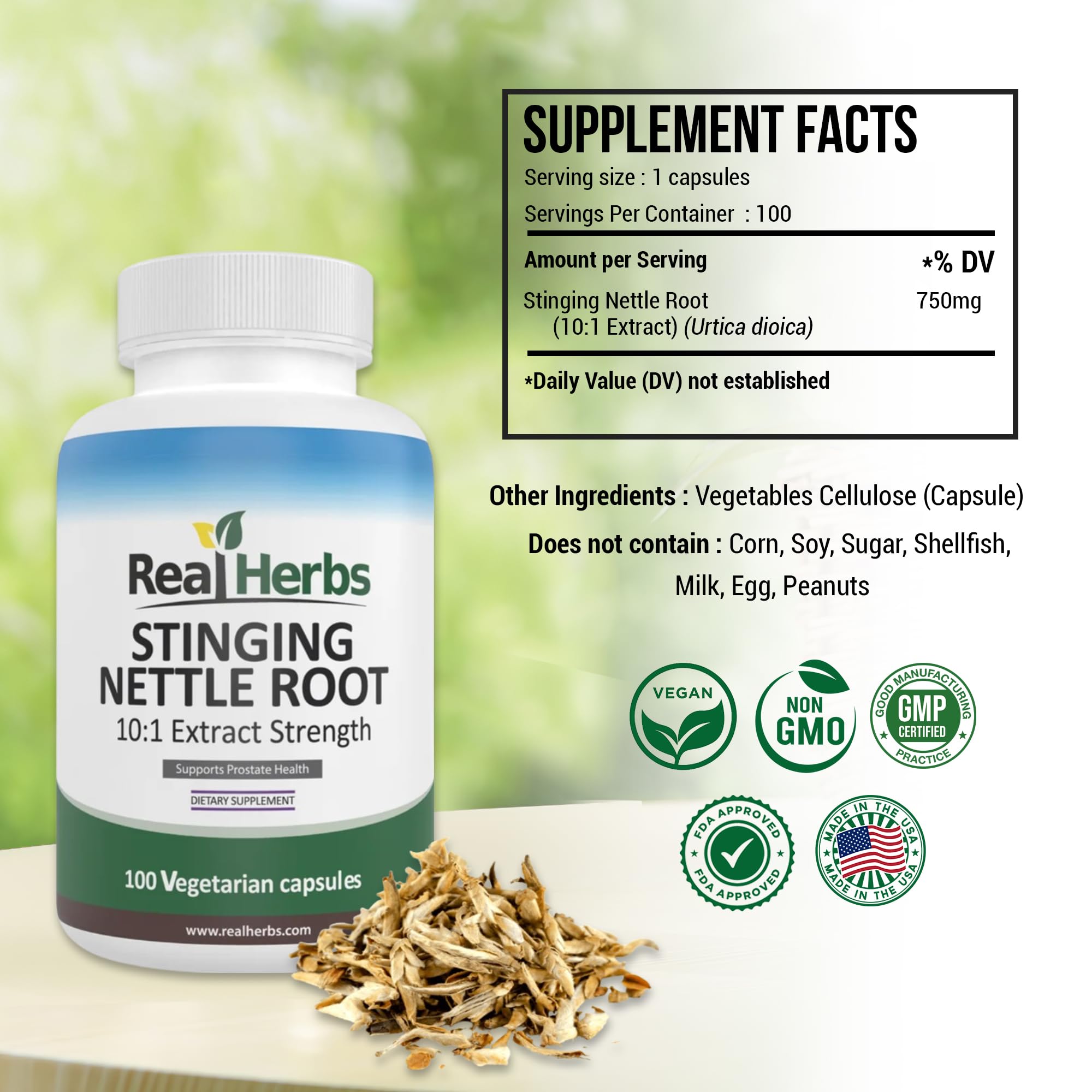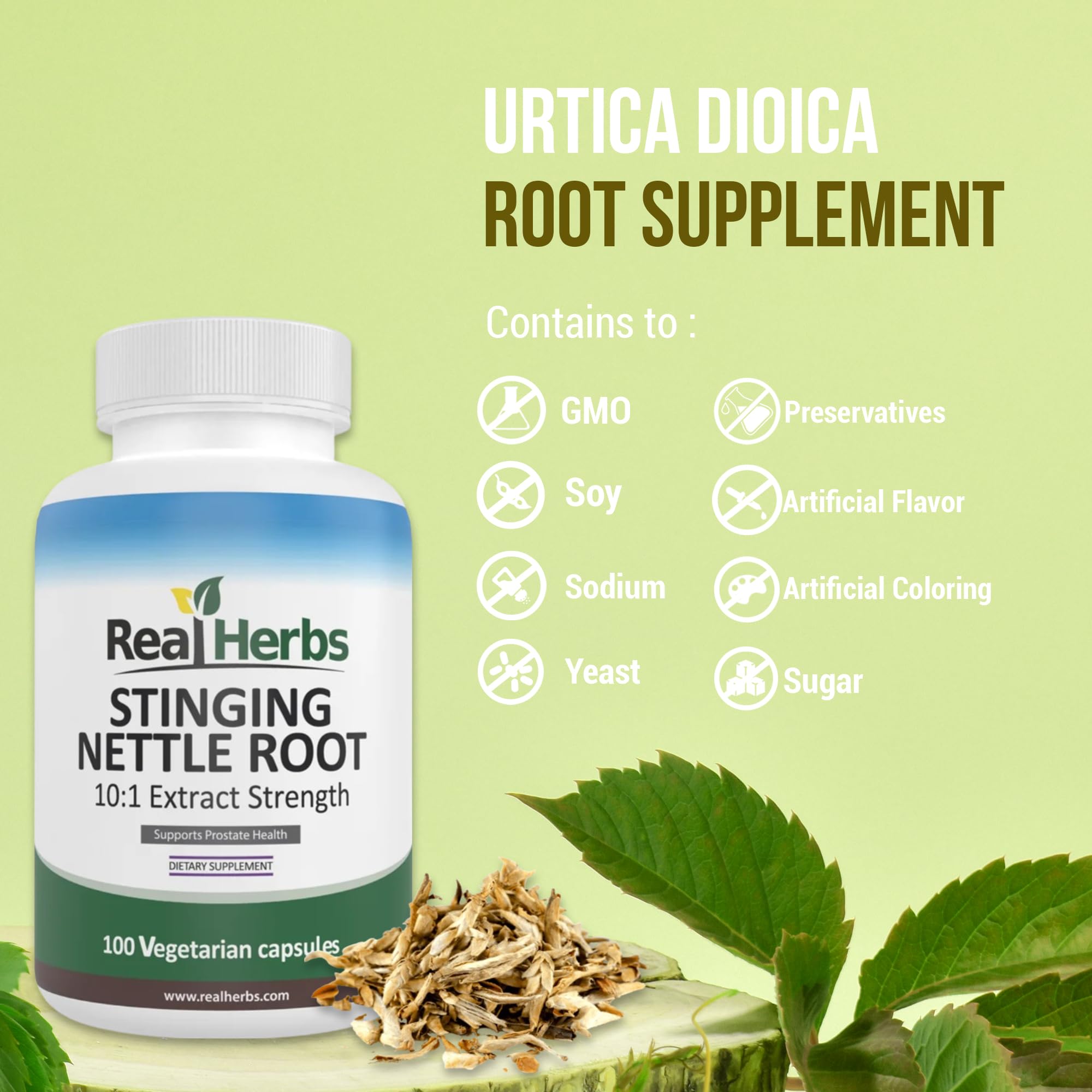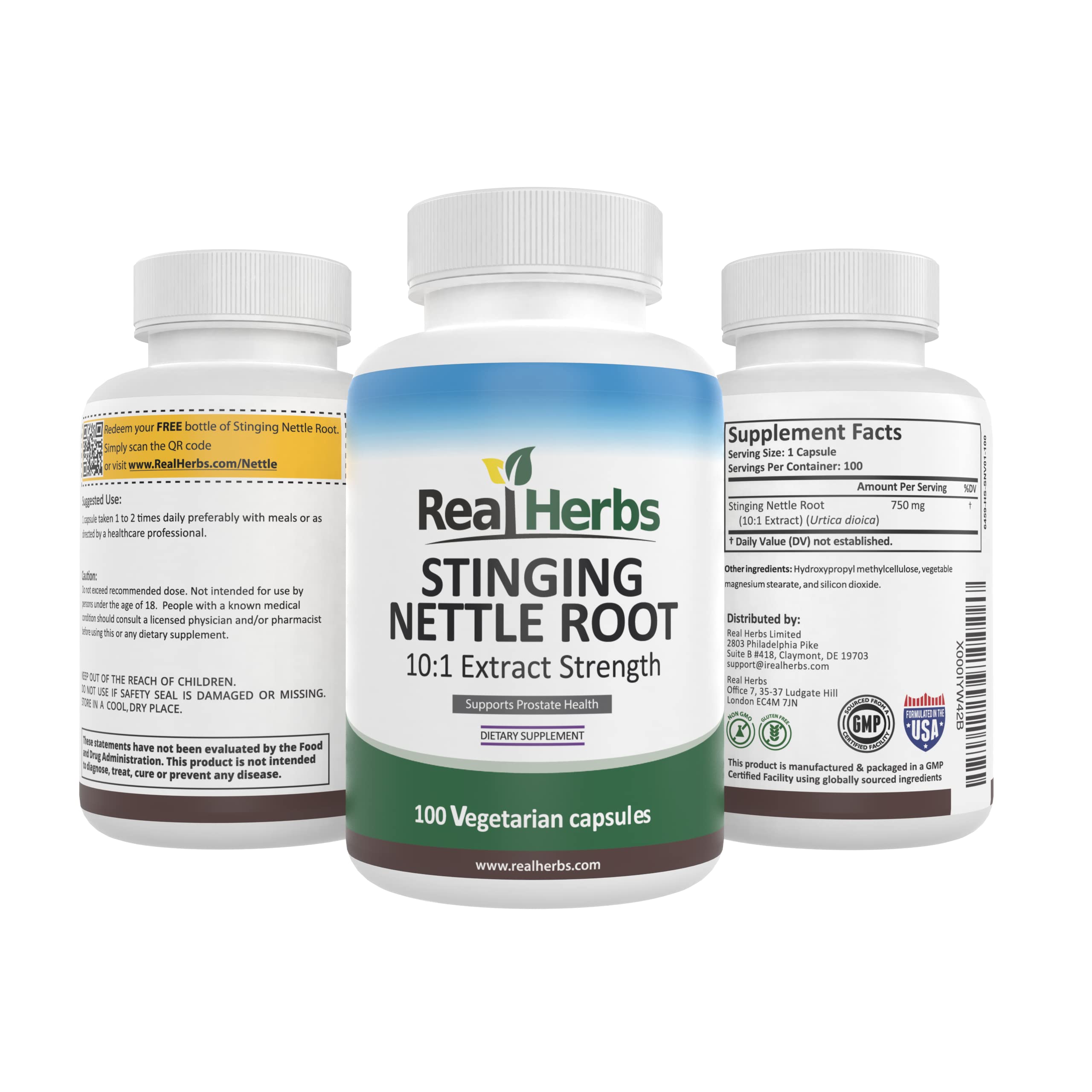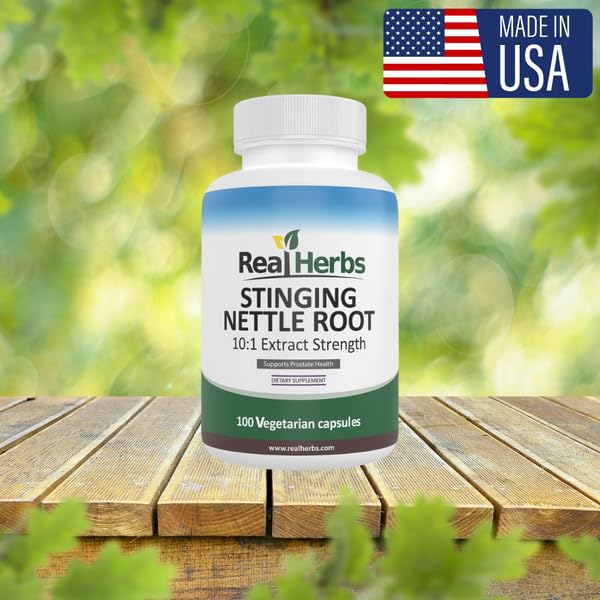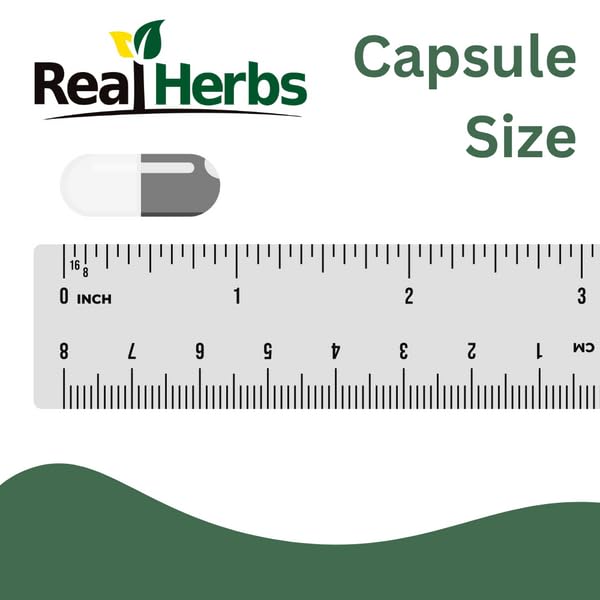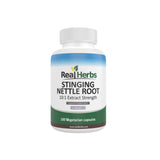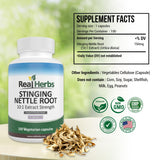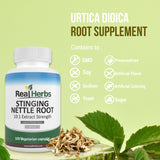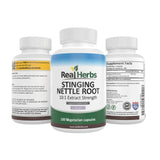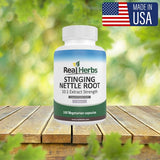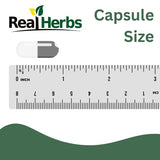How Much Stinging Nettle Root Should I Take?
How Much Stinging Nettle Root Should I Take?
Optimizing Your Dosage for Prostate Health
Navigating the effective and safe use of this powerful botanical.
Unlocking the Power of Stinging Nettle Root
Stinging nettle (Urtica dioica) is a plant celebrated for its multifaceted medicinal properties, with different parts of the plant historically used for various ailments. While nettle leaf is often lauded for its anti-inflammatory and antihistamine effects, it's the **stinging nettle root** that has gained significant attention for its targeted benefits, particularly in supporting male prostate health. However, like any potent botanical, understanding the correct dosage is paramount to harnessing its therapeutic potential safely and effectively. This article will guide you through the complexities of stinging nettle root dosage, drawing on scientific research and expert recommendations to help you optimize your intake.
Optimal dosage isn't a one-size-fits-all answer; it depends on several factors, including the specific condition being addressed, the form of the supplement, and individual physiological responses. This comprehensive guide aims to demystify stinging nettle root dosing, empowering you to make informed decisions for your health journey.

The Science Behind Stinging Nettle Root: Mechanism of Action
The efficacy of **stinging nettle root** primarily stems from its unique biochemical composition, which includes lignans, phytosterols (like beta-sitosterol), polysaccharides, and phenolic compounds. These constituents are believed to interact with various physiological pathways, particularly those related to prostate health.
For men experiencing symptoms of Benign Prostatic Hyperplasia (BPH), or an enlarged prostate, stinging nettle root is thought to work through several mechanisms:
- Hormone Modulation: Research suggests that compounds in nettle root may interfere with the binding of dihydrotestosterone (DHT) to prostate cells. DHT is a potent androgen that plays a significant role in prostate growth. By modulating this binding, nettle root can help reduce the proliferation of prostate cells .
- Anti-inflammatory Effects: Chronic inflammation within the prostate can contribute to BPH symptoms. Nettle root's phenolic compounds exhibit anti-inflammatory properties that may help alleviate this inflammation, thereby reducing urinary discomfort .
- Sex Hormone-Binding Globulin (SHBG) Interaction: Some studies indicate that nettle root can bind to SHBG, a protein that transports sex hormones in the blood. By binding to SHBG, nettle root may help reduce the availability of free testosterone for prostate cells, further impacting prostate growth .
While the exact mechanisms are complex and still under investigation, these actions collectively contribute to nettle root's ability to alleviate BPH symptoms such as frequent urination, weak urine flow, and incomplete bladder emptying.
Factors Influencing Stinging Nettle Root Dosage
Determining the precise dosage of stinging nettle root can be challenging due to several influencing factors:
- Condition Being Treated: The dosage often varies significantly depending on the health issue. For BPH, specific dosages are typically recommended, while for other uses (e.g., general well-being or joint support, though the root is less common for these), the dose might differ.
- Form of Supplement: Stinging nettle root is available in various forms, including powdered root, standardized extracts, tinctures, and teas. Standardized extracts are concentrated and contain a consistent amount of active compounds, making their dosage more precise than raw powder or tea.
- Concentration of Extract: If you're using an extract, its concentration (e.g., 4:1, 10:1, or standardized to a certain percentage of lignans/phytosterols) is crucial. A lower dose of a highly concentrated extract might be equivalent to a higher dose of a less concentrated one. Always check the label for standardization information.
- Individual Physiological Response: Factors like age, body weight, overall health, and metabolism can influence how an individual responds to a particular dosage. What works for one person might not be ideal for another.
- Severity of Symptoms: For chronic conditions like BPH, starting with a lower dose and gradually increasing it while monitoring symptoms is a common approach.
- Product Quality and Purity: The quality of the raw material and the manufacturing process can greatly affect the potency and safety of the supplement. Opt for reputable brands that provide third-party testing for purity and active compound content.
Given these variables, it's highly recommended to approach stinging nettle root dosage with caution and, ideally, under the guidance of a healthcare professional.
Recommended Dosages for Stinging Nettle Root
While specific dosage recommendations can vary, scientific studies and clinical practice have established general guidelines for stinging nettle root, particularly for its most common application: Benign Prostatic Hyperplasia (BPH).
For Benign Prostatic Hyperplasia (BPH):
The most frequently studied and recommended dosage for alleviating symptoms of BPH is typically in the range of **300 mg to 600 mg per day of a standardized extract**. This is often divided into two or three doses throughout the day.
- Standardized Extracts: Many studies have used standardized extracts, often concentrated at a 4:1 or 5:1 ratio, meaning 4 or 5 parts of raw root are used to make 1 part of the extract. For example, a common recommendation is 300 mg of a 4:1 extract, taken once or twice daily .
- Combination Products: Stinging nettle root is frequently combined with other prostate-supporting herbs like saw palmetto. In such cases, the individual dosage of nettle root might be part of a larger formulation. For instance, combination products might contain 120 mg to 240 mg of nettle root extract alongside other ingredients.
It is important to note that consistent use is key for observing benefits. Clinical improvements in BPH symptoms often become noticeable after **6 to 12 weeks of regular supplementation**, with more significant effects potentially seen after several months .
Other Potential Uses (Less Common for Root):
While the root is primarily for prostate health, some sources might mention its use for other conditions, though less scientific evidence directly supports specific root dosages for these:
- Joint Health: While nettle leaf is more commonly used for general inflammatory conditions like arthritis, the root's anti-inflammatory compounds might offer some supportive benefits. However, specific root dosages for this purpose are not well-established.
- Hair Health: Nettle root is an ingredient in some hair growth formulations, but topical applications or specific oral dosages for this purpose are not as widely standardized as for BPH.
Always adhere to the dosage instructions on the product label and consult with a healthcare provider before starting any new supplement, especially for conditions other than BPH.
Forms of Stinging Nettle Root and Their Considerations
The form of stinging nettle root you choose can impact its bioavailability and the consistency of its active compounds, thereby affecting effective dosage.
-
Standardized Extracts (Capsules/Tablets): These are the most common and recommended forms for therapeutic use, especially for BPH. They offer:
- Precise Dosing: The concentration of active compounds is measured and standardized, ensuring consistency with each dose.
- Convenience: Easy to take and integrate into a daily routine.
- Research Backing: Most clinical studies on nettle root's efficacy for BPH use standardized extracts.
-
Powdered Root (Capsules/Loose Powder): This is the raw, dried, and ground root.
- Variable Potency: The concentration of active compounds can vary significantly between batches and sources, making precise dosing challenging.
- Less Concentrated: You might need a larger quantity to achieve the same therapeutic effect as a standardized extract.
-
Tinctures: Liquid extracts made by soaking the root in alcohol (or glycerin).
- Faster Absorption: Liquid forms can be absorbed more quickly than capsules.
- Flexible Dosing: Drops allow for easy adjustment of dosage.
-
Root Tea/Decoction: While nettle leaf tea is popular, making tea from the woody root requires a decoction method (simmering for a longer period) to extract compounds effectively.
- Traditional Use: A very traditional method, but difficult to ascertain precise dosage.
- Lower Concentration: Generally less potent for targeted therapeutic effects like BPH compared to extracts.
For therapeutic applications, especially for conditions like BPH, **standardized extracts** are generally preferred due to their consistent potency and ease of precise dosing.
When to Take It: Timing and Frequency
The timing and frequency of stinging nettle root intake can influence its effectiveness and tolerability.
- Frequency: For most conditions, particularly BPH, daily supplementation is recommended. Dosages are often divided into **two or three smaller doses throughout the day** rather than a single large dose. This helps maintain consistent levels of active compounds in the body and may reduce the likelihood of side effects. For example, if the total daily dose is 600 mg, it might be taken as 300 mg twice daily.
- With Meals: Taking stinging nettle root supplements with meals can help improve absorption and reduce the risk of gastrointestinal upset, which is a potential mild side effect for some individuals.
- Consistency is Key: Stinging nettle root, especially for prostate health, is not a "quick fix." Its benefits accumulate over time. Therefore, consistent daily intake as directed is crucial for observing significant improvements in symptoms. Do not expect immediate results; patience and adherence to the regimen are necessary.
Starting Low and Going Slow: The Titration Approach
A prudent approach to starting any new supplement, including stinging nettle root, is to adopt a "start low and go slow" strategy.
- Begin with the Lowest Recommended Dose: Start with the lowest dosage recommended on the product label or by your healthcare provider. This allows your body to gradually adjust to the supplement.
- Monitor Your Response: Pay close attention to how your body reacts. Note any improvements in symptoms, as well as any potential side effects.
- Gradual Increase (If Necessary): If after several weeks (e.g., 2-4 weeks) at the initial dose you do not observe the desired effects and are tolerating the supplement well, you may consider a gradual increase in dosage, but always stay within the recommended daily limits and, ideally, under professional guidance.
- Listen to Your Body: If you experience any adverse reactions, reduce the dosage or discontinue use and consult your healthcare professional.
This methodical approach helps to ascertain the minimum effective dose for your individual needs while minimizing the risk of side effects.
Potential Side Effects & Precautions
While stinging nettle root is generally well-tolerated, awareness of potential side effects and necessary precautions is important:
- Gastrointestinal Upset: The most common side effects are mild digestive issues such as stomach upset, diarrhea, or constipation . Taking the supplement with food can often mitigate these.
- Allergic Reactions: Though rare, some individuals may experience allergic reactions, including skin rashes or itching.
- Diuretic Effect: Nettle root may have mild diuretic properties, increasing urine output. This should be considered by individuals with kidney conditions or those taking diuretic medications .
- Blood Pressure Effects: Nettle has been observed to potentially lower blood pressure . Individuals with low blood pressure or those on anti-hypertensive medications should monitor their blood pressure closely.
- Blood Sugar Effects: There is some evidence that nettle may influence blood sugar levels . Diabetics, particularly those on blood-sugar-lowering medications, should monitor their glucose levels vigilantly and consult their doctor.
- Pregnancy and Breastfeeding: Stinging nettle root is generally not recommended for pregnant or breastfeeding women due to insufficient safety data and potential hormonal effects.
- Pre-existing Conditions: Individuals with medical conditions, especially prostate cancer (BPH is a benign condition), kidney disease, or heart conditions, should always consult their doctor before using stinging nettle root.
It is crucial to discontinue use and seek medical attention if you experience severe or persistent adverse effects.
Interactions with Medications and Other Herbs
Stinging nettle root can potentially interact with certain medications and other herbal supplements, which is why professional consultation is vital.
- Blood Thinners (Anticoagulants/Antiplatelets): Due to its potential vitamin K content (though more prominent in the leaf, some may be in the root) and possible antiplatelet effects, nettle root might theoretically enhance the effects of blood thinners like warfarin, aspirin, or clopidogrel, increasing the risk of bleeding .
- Blood Pressure Medications (Antihypertensives): As nettle root may lower blood pressure, combining it with antihypertensive drugs could lead to an excessive drop in blood pressure, causing dizziness or fainting .
- Diabetes Medications: Nettle root's potential to influence blood sugar levels means it could interact with insulin or oral hypoglycemic agents, potentially leading to hypoglycemia (low blood sugar) .
- Diuretics ("Water Pills"): The mild diuretic effect of nettle root could compound the effects of prescription diuretics, potentially leading to electrolyte imbalances or dehydration .
- NSAIDs (Non-Steroidal Anti-inflammatory Drugs): While nettle root may have anti-inflammatory properties, combining it with NSAIDs without medical supervision could potentially lead to additive effects or interactions.
- Sedatives: Some traditional uses suggest mild sedative properties, though not well-researched for the root. Caution is advised when combining with sedative medications.
Always inform your healthcare provider about all medications, herbs, and supplements you are taking to prevent potential interactions.
The Indispensable Role of Professional Guidance
Given the variability in individual responses, the potential for interactions, and the importance of accurate diagnosis, consulting a healthcare professional is not merely advisable but essential before starting any stinging nettle root regimen.
- Accurate Diagnosis: Symptoms of BPH can overlap with more serious conditions, including prostate cancer. A healthcare provider can perform necessary examinations (e.g., PSA test, digital rectal exam) to rule out other diagnoses.
- Personalized Dosage: A doctor or a qualified herbalist can provide personalized dosage recommendations based on your health status, existing medications, and specific needs.
- Monitoring Progress: They can monitor your response to the supplement, adjust the dosage if necessary, and manage any potential side effects or interactions.
- Holistic Treatment Plan: Stinging nettle root is often part of a broader treatment strategy for BPH that may include lifestyle changes, other medications, or watchful waiting. A professional can help integrate it into a comprehensive plan.
Never self-diagnose or self-treat serious conditions with herbal supplements alone. Your health and safety should always be the top priority.
Conclusion: Optimizing Your Stinging Nettle Root Journey
Stinging nettle root offers a compelling natural option, particularly for men seeking support for benign prostatic hyperplasia. Its unique blend of bioactive compounds interacts with hormonal and inflammatory pathways to help alleviate bothersome urinary symptoms. However, understanding "how much stinging nettle root should I take" goes beyond a simple number; it involves considering the form of the supplement, the consistency of intake, and individual physiological responses.
By prioritizing standardized extracts, adhering to recommended daily dosages (typically 300-600 mg daily for BPH), starting with a low dose, and maintaining consistent usage, you can maximize the potential benefits. Crucially, always engage with a healthcare professional to ensure stinging nettle root is appropriate for your specific health profile and to integrate it safely into your overall wellness strategy. With informed decisions and professional guidance, stinging nettle root can be a valuable addition to your natural health toolkit.
Ready to Experience the Natural Difference?
Discover the natural difference of our premium Nettle Root extract. Crafted with purity and potency in mind, our product is designed to support your health journey naturally.
All our products are backed by our 100-Day Money-Back Guarantee!
"My husband's prostate issues have significantly improved with the Nettle Root. It's been a game-changer for his comfort." - David R.
Scientific Credibility & Citations
- Vahlensieck, W., et al. (1993). Phytotherapy of benign prostatic hyperplasia. *Urologe A*, 32(5), 450-455. PMID: 8266624 (Human study on efficacy of nettle root for BPH symptoms).
- Hryb, D.J., et al. (1995). The effect of extracts of the roots of the stinging nettle (*Urtica dioica*) on the interaction of SHBG with its receptor on human prostatic membranes. *Planta Medica*, 61(1), 31-32. PMID: 7700981 (In-vitro study on SHBG interaction).
- Schilcher, H., et al. (1994). Phytotherapy in benign prostatic hyperplasia. *Urologe B*, 34(5), 296-302. PMID: 7817024 (Review discussing mechanisms including anti-inflammatory aspects).
- Sokeland, J. (2000). Combined sabal and urtica extract in benign prostatic hyperplasia (BPH): analysis of 1 year of treatment in an open prospective study. *BJU International*, 86(4), 439-442. PMID: 11099955 (Human study on combination therapy for BPH, including dosage context).
- Lichius, J.J., & Muth, C. (1997). The inhibiting effects of Urtica dioica root extracts on human prostate hyperplasia. *Planta Medica*, 63(6), 552-555. PMID: 9434771 (In-vitro and animal study on BPH inhibition, contributing to dosage understanding).
- Chrubasik, S., et al. (2007). Evidence for the effectiveness of a herbal drug combination for the treatment of osteoarthritis of the knee. *Phytomedicine*, 14(9), 597-603. PMID: 17570643 (Provides general safety and side effect context, though primarily for leaf/topical, principles apply).
- Konrad, L., et al. (2000). A review of the *Urtica dioica* (stinging nettle) for benign prostatic hyperplasia. *Journal of Herbal Pharmacotherapy*, 1(3), 1-14. PMID: 11116262 (Mentions potential blood pressure effects).
- Kianbakht, S., et al. (2013). Evaluation of the effects of nettle (*Urtica dioica*) on metabolic indices and oxidative stress in patients with type 2 diabetes mellitus: A randomized controlled trial. *Iranian Journal of Diabetes and Obesity*, 5(2), 85-91. PMID: 24707204 (Mentions blood sugar effects, though primarily for leaf, root may share some properties).
Author Profile: Jessica Johnson, Herbal Science Researcher
With a background in botanical medicine and a passion for natural healing, Jessica Johnson brings years of dedicated research and practical experience to the field of herbal science. Her work focuses on understanding the complex biochemistry of medicinal plants and translating scientific findings into accessible, actionable health information. Jessica is committed to promoting evidence-based natural solutions for optimal well-being.
Disclaimer: The information provided in this article is for educational purposes only and is not intended as medical advice. Always consult with a qualified healthcare professional before making any decisions about your health or starting any new supplement regimen. Individual results may vary.

